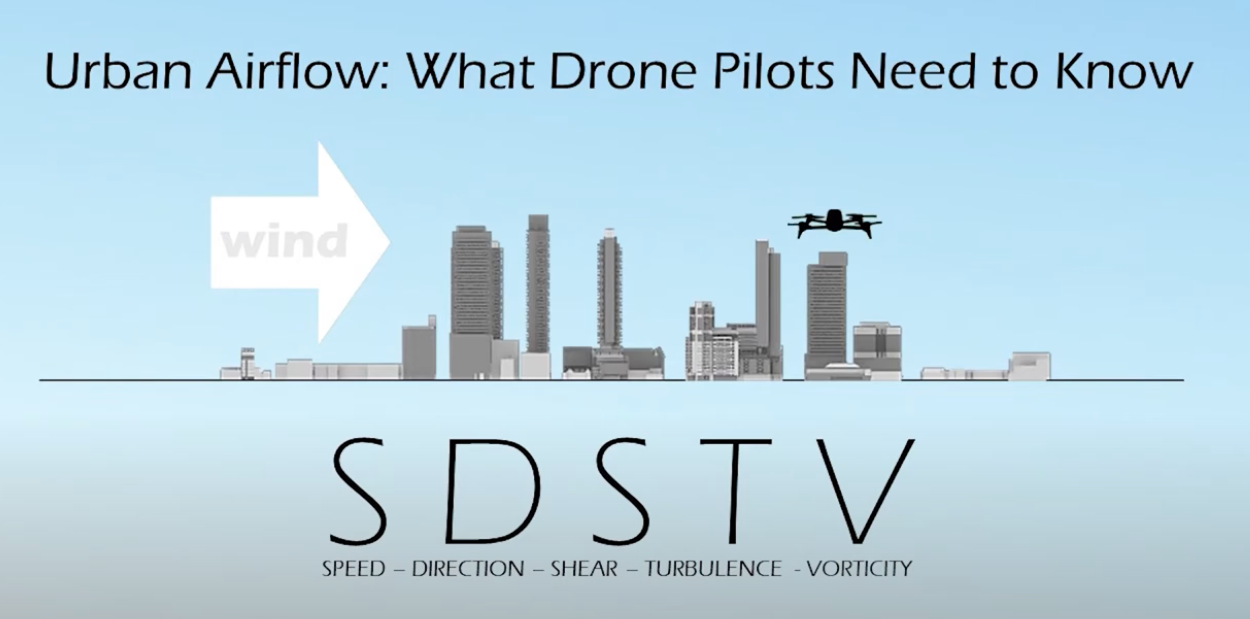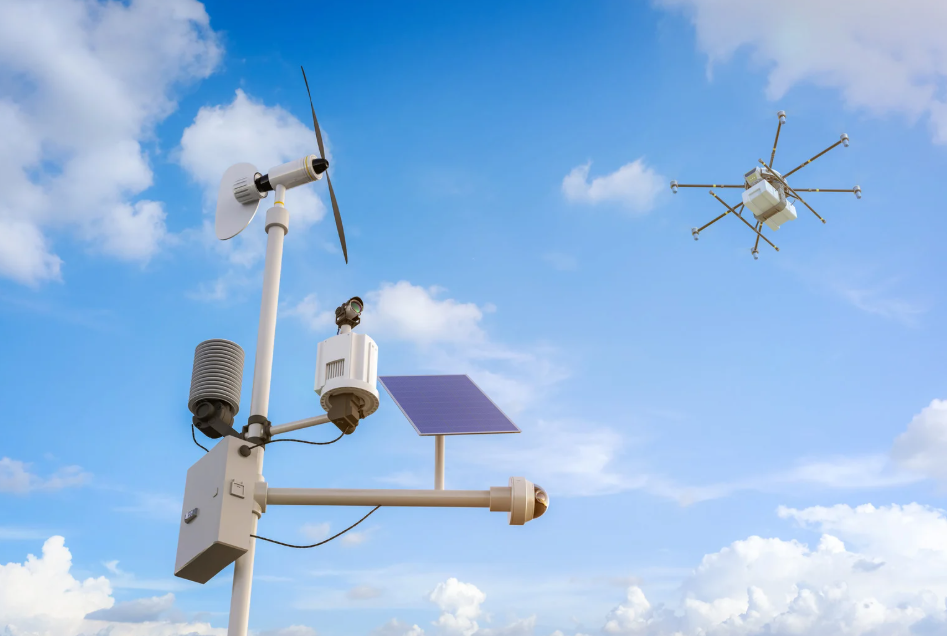
Wind can be one of the trickiest elements for drone pilots to manage. It would be nice to have giant arrows in the sky giving us indications of wind at different levels, but if you’re seeing those you probably shouldn’t be flying…
Even seemingly light breezes at ground level can become stronger and more unpredictable at altitude. Understanding how wind affects your drone and knowing how to react is absolutely crucial for safe and effective flights.
Check out our tips below and this Transport Canada produced video on Urban Wind and RPAS.
1. Check the Weather Forecast
Specifically, wind.
- Before every flight, consult reliable weather sources that provide wind speed and direction at different altitudes.
- Pay attention to sustained wind speeds and gust predictions.
- Be aware that microclimates can exist, meaning the wind at your specific location might differ from the general forecast.
- Observe flags, trees, and other indicators of wind speed and direction at your flying site.
2. Know Your Drone’s Wind Resistance Limits
- Your drone’s manufacturer specifications will usually provide a maximum wind speed it can safely handle. Never exceed these limits.
- Recognize that if you’re at max weight, max operating temperature and max wind, the aircraft will be working so hard to maintain position vertically and laterally that it may feel sluggish in response to your inputs.
- Understand that smaller, lighter drones are generally more susceptible to wind than larger, heavier models. That doesn’t make your large drone immune to wind effects, though!
3. Wind Doesn’t Create a Net-Zero Effect on Out and Back Flights
- Even though the distance flown is the same out and back, the time spent flying into the headwind is longer than the time spent flying with the tailwind. And that changes the average ground speed and the total time.
- If you can, plan your flight so that the return journey to your takeoff point is primarily with the wind. If the wind picks up during your flight, it will be easier for your drone to make it back.
Other Wind-Related Considerations
- Fly Slowly and Deliberately – Avoid sudden, jerky movements in windy conditions. Fly smoothly and allow your drone more time to respond to your commands.
- Altitude Considerations – Winds may be stronger at altitude or over surfaces where they flow free from obstructions. If you’re at max wind limits while sheltered by trees, you may exceed limits if you climb above them.
- Be Aware of Obstacles – Wind interacting with buildings, trees, and terrain can create unpredictable gusts and turbulence. Maintain a safe distance from these obstacles.
- Monitor Your Battery Levels Closely – Remember that your drone will be using more power to fight the wind. Keep a close eye on your battery percentage and land well before it gets critically low.
- Utilize Wind Indicators on Your Drone App – Many drone control apps display wind speed and direction data. Pay attention to these readings throughout your flight.
Understanding and respecting wind is a fundamental aspect of responsible drone piloting. By paying attention to the weather, knowing your drone’s limitations, and employing smart flying techniques, you can significantly enhance the safety and success of your aerial adventures.

